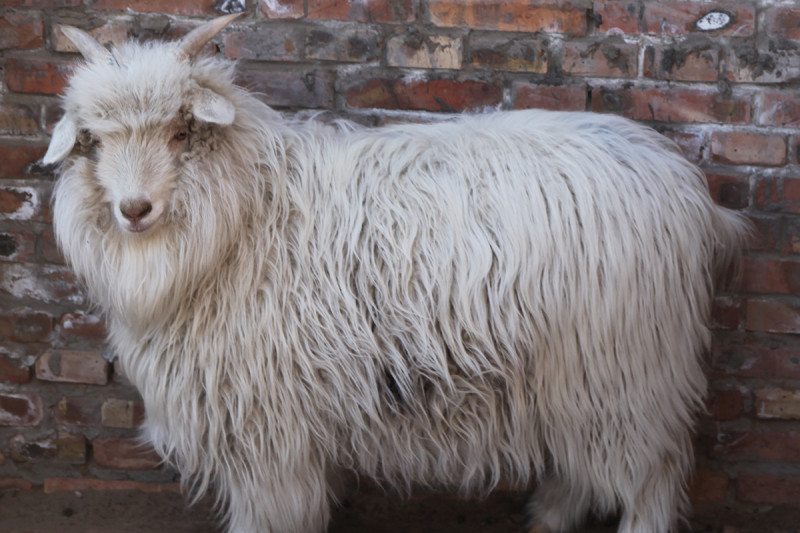No products in the basket.
Cashmere technology
Cashmere scarves may soon come from genetically modified goats
The birth of the kids, at the Shanbei Cashmere Goat Farm of Yulin University in China, was reported last year. The team used the CRISPR gene-editing technique to disable the FGF5 gene, which limits hair growth, in the Shanbei cashmere breed of goats.
FGF5 controls hair length in a wide variety of animals, including people. For instance, a few people have abnormally long eyelashes – a condition called trichomegaly – due to mutations in the gene. The long hair of some breeds of animals, such as Pembroke Welsh corgis, is also due to similar mutations.
Now that the goats are older, the team has studied six of them in detail. As hoped, disabling FGF5 increased the length both of the coarse outer hair and the finer inner hair.
It is this fine undercoat that is used to make cashmere wool, highly prized for its softness. Crucially, this inner hair was no thicker than normal – the thinness of the fibres is the key to their desirable properties.
It’s not clear if cashmere from these animals will be kept separate or treated any differently from normal cashmere, but there is no obvious reason why it should be.
Creators of gene-edited plants and animals – such as hornless cattle – argue that when gene editing is used to introduce mutations that already occur naturally, the resulting breeds should not be subject to the regulations that apply to genetically altered goats and other organisms.
Regulators in the US seem to agree but the European Union has delayed making a decision for nearly a decade.

